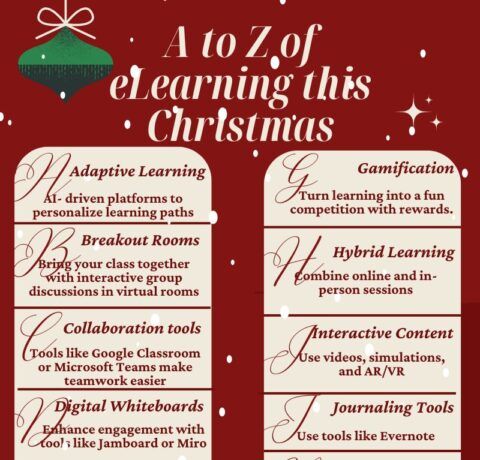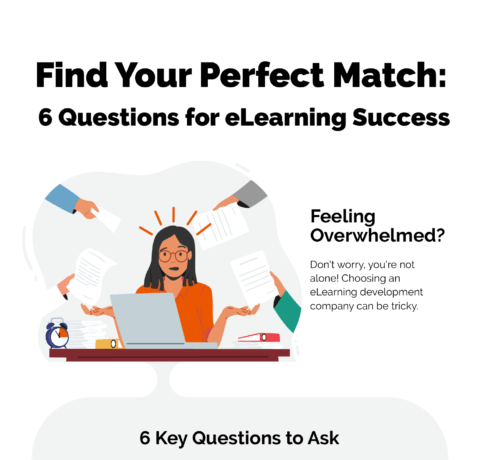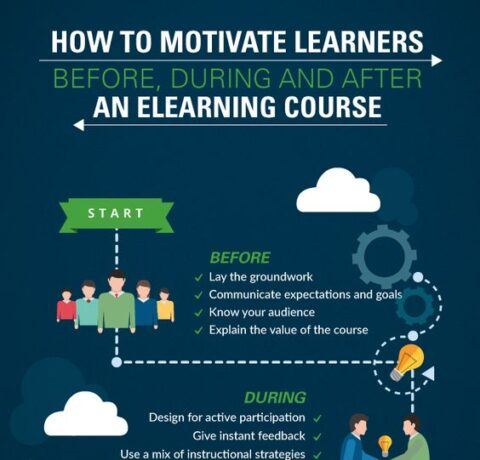The 6 Fundamentals for Storytelling in eLearning
- Know your audience
Develop the persona of your learner and really get to know that person. Answer questions like where will the learner engage with the content? What context will they most relate to? What language feels familiar to them? Then, craft your narratives to resonate with the learner. - Use a structure
A solid, logical structure is part of what makes stories stick in our brains. All stories share a few common elements. They include:- A beginning or hook;
- Rising action where the central conflict emerges;
- A climax, or the peak of action;
- And resolution, where the loose ends of the story are tied up.
- Appeal to emotions
When we read stories, we experience the emotions of the stories as well. Story elements like character, conflict and action help stories appeal to emotions. Without these elements, stories aren't interesting or "sticky" enough. Make use of conflict, challenge, tension, and the corresponding resolution to help your learners resonate with your stories. - Intensify the story with visuals
Visuals break up the text and provide another avenue for learners to engage with the content. For storytelling, visuals can reinforce key concepts, help learners make emotional connections, and keep learners engaged. Try adding illustrations, photographs, videos, or animation throughout the eLearning course to back up the learning objectives of the story. - Make the stories relevant to the course
The story must relate to the learning objectives of the course in order for it to have the effect you want. Do not use stories simply to entertain or tell a history of something. Instead, use them to deliver a key lesson. They can be short, cover one learning objective, or tie a few together. - Pay attention to detail
Strong, vivid details make stories come alive for the reader. Details help readers connect to the story and give the story credibility. When crafting stories for eLearning, your goal should be to help the learner create mental images of the narrative. Again, this activates the brain and deepens the impact of the learning.
There are a number of reasons why storytelling is so effective in eLearning. Not only does it help to motivate learners and create a more immersive experience, but it also allows them to feel more emotionally connected to the subject matter. The trouble is that converting your content and topics using a storytelling strategy can be challenging, especially if you want to get maximum results from your efforts. Fortunately, there are several storytelling in eLearning tips and tricks that can help you to entertain and to educate your eLearning audiences with carefully crafted stories.







You can adjust your cookie preferences here.